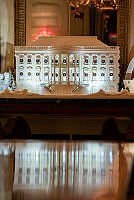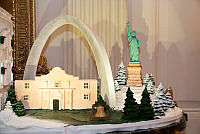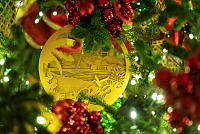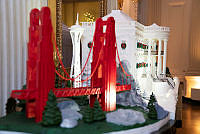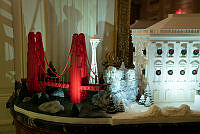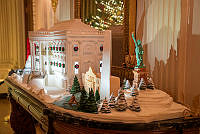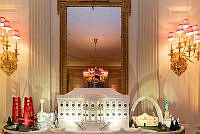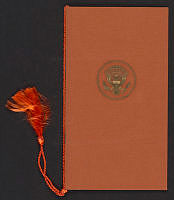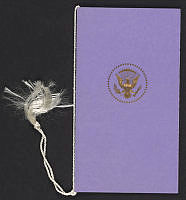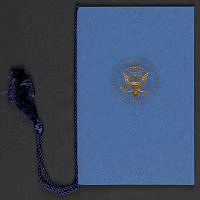The Naval War of 1812
Britain's navy began its war in North Atlantic waters with a crushing advantage over the United States in numbers of both ships and sailors, but events were to prove that the U.S. Navy's pluck and resourcefulness would inflict punishing setbacks on its larger opponent.
Wartime successes of the U.S. Navy included a victory by the USS Constitution ("Old Ironsides") over HMS Guerriere; winning the Battle of Lake Erie, ensuring U.S. control of Lake Erie and diminishing the prospect of British attacks on western New York; and winning the Battle of Lake Champlain, spoiling British invasion plans.
Commodore Stephen Decatur, a hero of the Tripolitan wars, burnished his fame on October 25, 1812, when his 56-gun frigate USS United States captured the 49-gun frigate HMS Macedonian. Decatur and his officers and crew were acclaimed as heroes when they returned home, and all were awarded a portion of the Macedonian's $200,000 prize value. Decatur's share came to $30,000, and after the war he and his wife Susan invested the money in land near the President's House. In 1818 they erected an elegant square three-story red brick Federal-style town house on the northwest corner of the President's Square (today's Lafayette Square).

USS United States battles the HMS Macedonian, October 25, 1812. 1880 painting by Fred Pansing (1844-1912).














